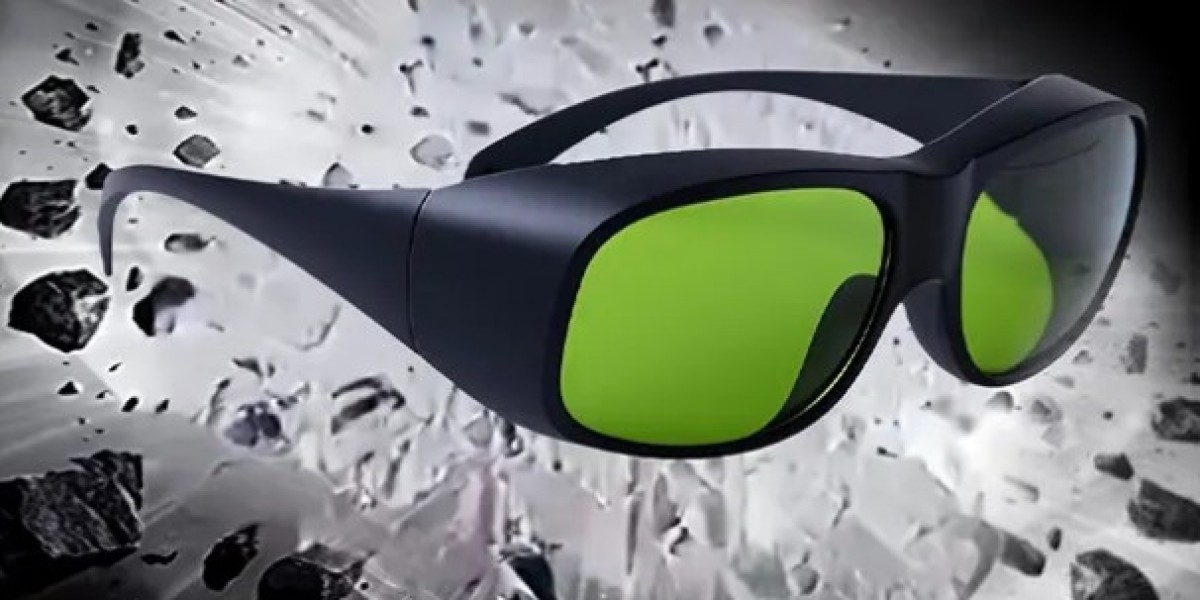With the continuous development of the shipping industry, LED technology has become the preferred option in marine navigation lights. This is mainly due to its outstanding performance and environmental friendliness. LED navigation lights enhance navigation safety. They significantly reduce energy consumption and maintenance costs. Additionally, they are more environmentally friendly. Here is an analysis of the application of LED technology in marine navigation lights:
High Energy Efficiency and Energy-Saving Advantages
LED navigation lights excel in energy efficiency, with significantly lower power consumption compared to traditional lighting technologies. LEDs directly convert electrical energy into light energy through semiconductors. This process avoids the high energy consumption of heating filaments in traditional bulbs. Some high-power LEDs can achieve a luminous efficacy of up to 161lm/W. This far surpasses traditional halogen bulbs (20-33lm/W) and xenon lamps (80-100lm/W). This high efficiency reduces the power consumption of ships. It also extends battery life. This is particularly important in long-distance voyages with limited power resources.
Long Lifespan and Low Maintenance Costs
LEDs have a lifespan of over 50,000 hours, far exceeding the 1,200 to 2,000 hours of traditional incandescent bulbs. LED navigation lights may only need to be replaced once or not at all throughout the ship's entire lifecycle. This significantly reduces maintenance frequency. It also reduces costs. Additionally, the solid-state structure of LEDs makes them more resistant to shocks and vibrations. This makes them suitable for the harsh conditions commonly found in marine environments.
Instant Response and High Reliability
LEDs can reach full brightness instantly, without the warm-up time required by traditional bulbs. This feature is crucial for navigation lights. It ensures that ships can be seen by other vessels immediately upon turning on the lights. This instantly enhances navigation safety. Moreover, the high reliability and low failure rate of LEDs further reduce navigation safety hazards caused by light failures.
Design Flexibility and Customization
LED technology offers design flexibility. It allows for the customization of navigation lights with different colors. Brightness levels and beam distributions can be adjusted according to the specific needs of ships. For example, LEDs can optimize light distribution. They adjust beam angles and intensities. This ensures sufficient visibility in various weather and lighting conditions. Additionally, LEDs can also achieve dimming and color-changing functions, further enhancing the visual effects and functionality of ships.
Environmental Adaptability and Environmental Advantages
LED navigation lights are made of corrosion-resistant materials. They can withstand salt fog, ultraviolet rays, and extreme temperatures found in marine environments. They also have good waterproof performance, ensuring stable operation in humid environments. Moreover, LEDs do not contain harmful substances such as mercury, reducing environmental pollution and aligning with global environmental trends.
Smart Control and Integration
Modern LED navigation lights often come with intelligent control systems. These systems can automatically adjust brightness based on the ship's speed, heading, or weather conditions. These systems can be integrated with the ship's electronic navigation systems. This allows for automatic control. It also enables remote monitoring and fault diagnosis. For instance, some LED navigation lights can be managed remotely. Wireless communication technologies allow crew members to monitor and adjust the lights from a central control room.
Conclusion
LED technology in marine navigation lights enhances navigation safety and reliability. It also significantly reduces energy consumption and maintenance costs. Additionally, it is more environmentally friendly. With continuous technological advancements, LED navigation lights will continue to play an important role in the shipping industry. They will drive the shipping sector towards more efficient development. These lights will also encourage environmentally friendly practices.







